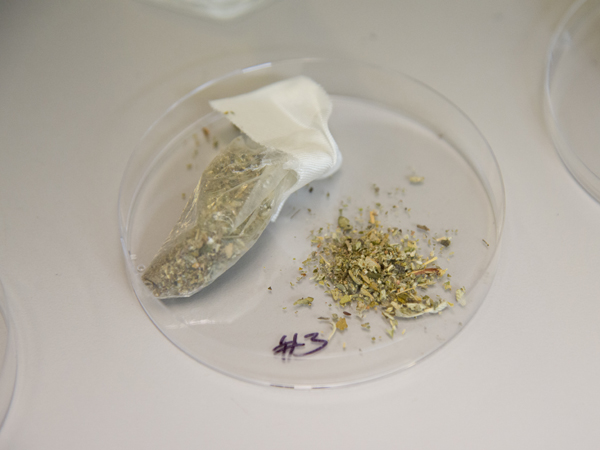More patients treated at UMMC for ‘spice’ overdose

More patients exhibiting symptoms related to an overdose of the designer drug "spice" have been seen at the University of Mississippi Medical Center's Emergency Department over the last two days.
The new cases - a reported five on Wednesday and seven on Tuesday - puts the number of patients treated at the Medical Center for symptoms of spice overdose to around 45, said Dr. Alan Jones, chair of the UMMC Department of Emergency Medicine.
The majority of the cases occurred within the Jackson area. All but one of the patients treated at UMMC over the last week have since been discharged, he added.

Jones said UMMC officials know of an estimated 40 additional cases outside of the metro area, including reports coming in of spice overdoses in Meridian, Philadelphia, Monticello and Hazlehurst.
The individuals sickened by the drug have been tracked by the Mississippi Regional Poison Control Center since the first cases came in a week ago, state Department of Health officials say. The drug "causes very significant adverse health consequences involving emergency care and hospitalization," said Dr. Robert Galli, a professor in the Department of Emergency Medicine.
Additionally, Jones said UMMC officials are working with the U.S. Drug Enforcement Agency to help with the analysis of some of the spice samples collected from patients brought into the emergency department.
Dr. Patrick Kyle, director of Clinical Chemistry and Toxicology at UMMC, said the current spice outbreak is one of the worst he's seen in the last two years across the nation.

"Spice" is a catch-all name for a wide variety of herbal mixtures that produce experiences that are sometimes similar to what a person feels after smoking marijuana. Often marketed as "safe" alternatives to marijuana, spice is generally ingested by smoking and sold under a variety of names, including K-2, fake weed, Yucatan Fire, Scooby Snax, Anthrax, Mojo, Skunk and Moon Rocks.
Spice contains dried, shredded plant materials and a mix of chemical additives that produce psychoactive, or mind-altering, effects. Its active ingredients are synthetic cannabinoid compounds.
Working with four toxicology lab techs who are specifically focusing on the confiscated spice along with blood and urine samples collected from the patients around the state, Kyle said the synthetic cannabinoid CHMINACA appears to be present in the drugs tested at UMMC.
The cannabinoid is meant to recreate the effects of THC, one of the main ingredients in marijuana, but has a potency up to 10 times that of the natural drug, said Kyle.
Health officials caution that spice is created using various methods, with no regulatory rules in place to assure a batch is safe and with an assortment of chemicals being employed to create the synthetic cannabinoids.
"You don't know what compound you're buying," said Kyle, adding that there are more than 300 variants of spice, all treated with different chemicals.
"You don't know what you're dealing with," Kyle warned potential users. "You're taking a huge risk."


